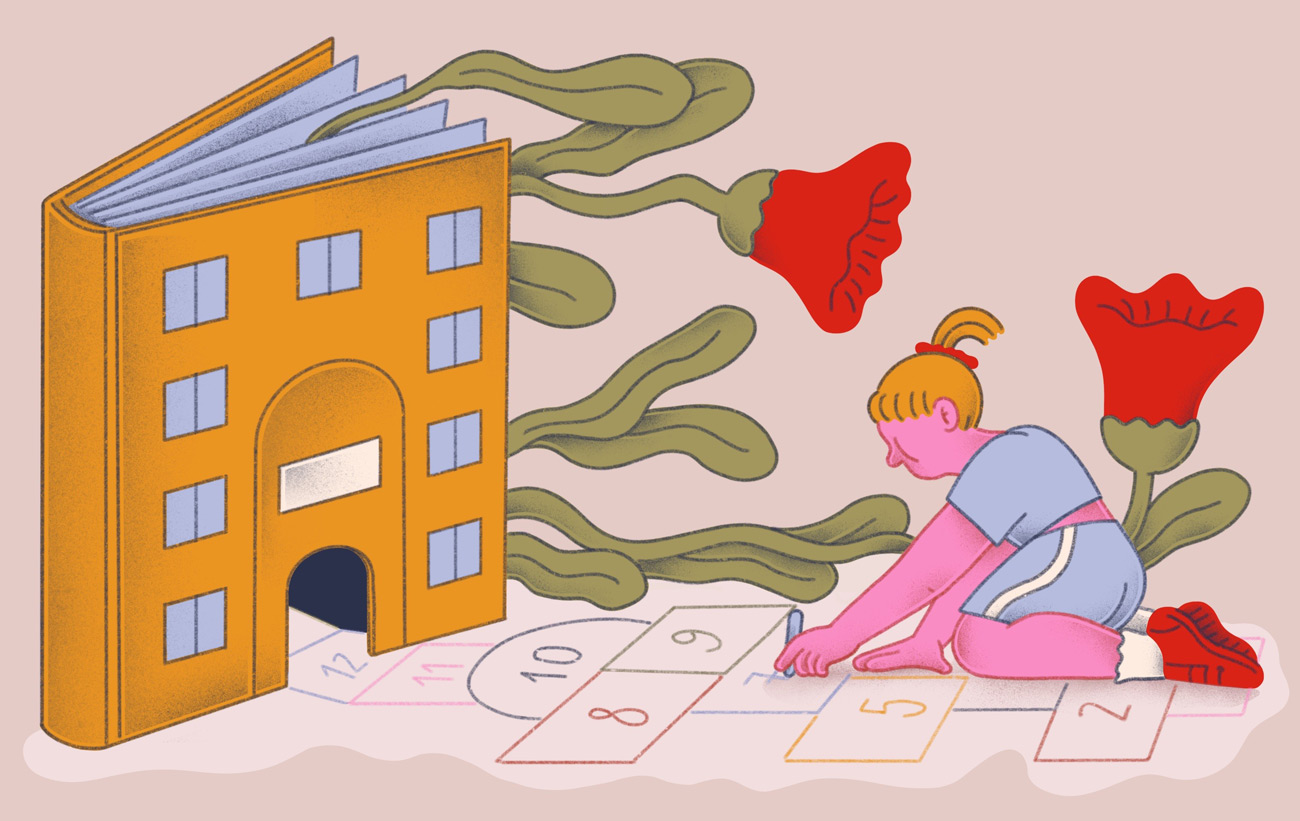

The Utopians of the book Utopia of Thomas Moro loved to read it. The good education of the letters had led them to start in childhood and to continue their adult life without anyone ordering anything, reading and learning and reading more. Imagine the time devoted to it for the mere pleasure of illustrating it. This whim of the inwards of the island of Utopia is called today lifelong learning and dreams utopia, in lower case.
From the island “nowhere” and, by the way, also “a good place”, has been written a juerga of utopias and not all, fortunately, according to an ineffable understanding of the usual utopia. And that is that many critical educational projects that have been given to revolutionize the status quo of the time and the forms of domination of all kinds, that have acted in a feasible and agitating way, have left us a utopia.
The point is that, at the start of a brilliant school year, it should be known that free public education was nothing more than a utopia, which was picked up by the Communist Manifesto. And that for Clara Zetkin education could be a liberation and the school a revolution, and therefore a fierce defense of secular childcare. And Aleksandra Kollontai, who years before had dared to give the utopia of the collective growth of children, had one of his first political concerns: to organize a professionalized social network for the care of the children of working women. And Nadezhda Krupskaia set in motion the utopia of a new school that would transform knowledge into skills and actions.
It should be noted that free public education was only a utopia captured by the Communist Manifesto.
Suppose utopia is a harmonious proposal to live at higher levels of social justice, equality and freedom. And suppose that, contrary to the school that intends to reproduce the state of things imposed, to whom seeks the emancipation of people, cultures and peoples we say education, that is able to walk along with nature, that is fun and creative, that makes pedagogy of care, that has no shame of resting legs in the consciousness of class, that does not want to domesticate bodies according to the bourgeois patriarchal norm. In short, to what faces the sack of oppression that each era brings with it, we say educational utopia; hezitopia.
The students of the Italian people of Barbiana said that, in those letters to an anonymous teacher, the easiest consolation is to read history as a destination and, on the contrary, in the political keys it is really disturbing. Well, with pedagogy the same thing. And we know that to do a disturbing and politically critical pedagogy is to go beyond the fallacy of educational neutrality, it is also possible to draw new paths with chalk on the backyard floor and dare to walk through them. There has been someone who has tried it more quickly than we do. Today it would not seem to be the best time for educational utopias, however, we need them, if not as ever, yes, surely as long as ever. Today we need new dreams for the school, which will materialize in the form of nursery, assembly, cultural creation, critical opinion, reading, organization, new look, dialogue, rights and mutual care.
In 1952, Ruth Krauss launched all kinds of questions that allowed Rowayton School children's Early Childhood Education to make their worldview known, and then brought the answers to a daring and utopian book for the time. Those who told him about the world and through the clocks, as a conclusion of this day, are: “It’s the world so we can rise above it”; “It’s a clock to hear how the tic tac does.”
Well, by the way, educated people, we look forward to the past that is about to come. Tic tac, tic tac..